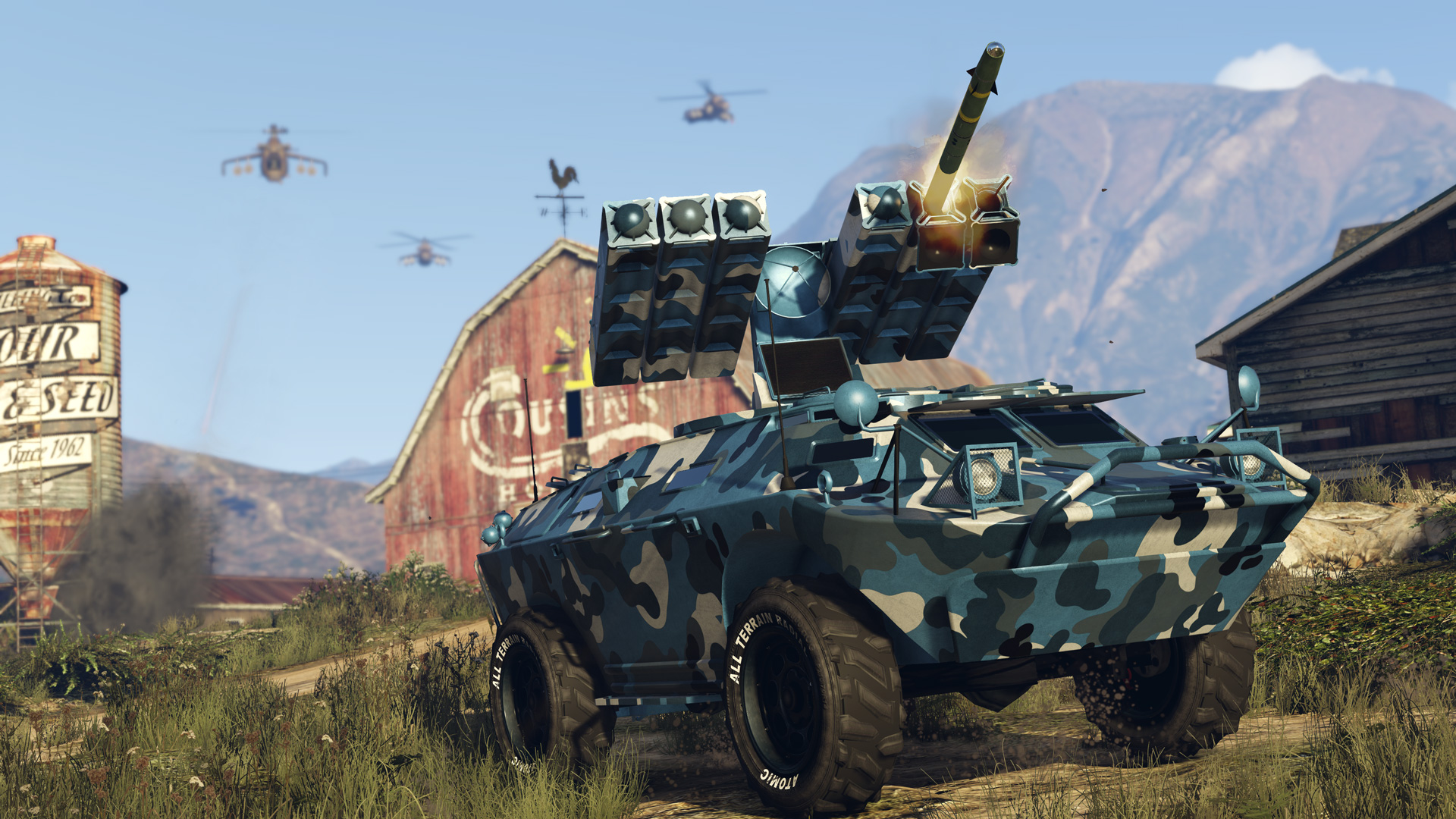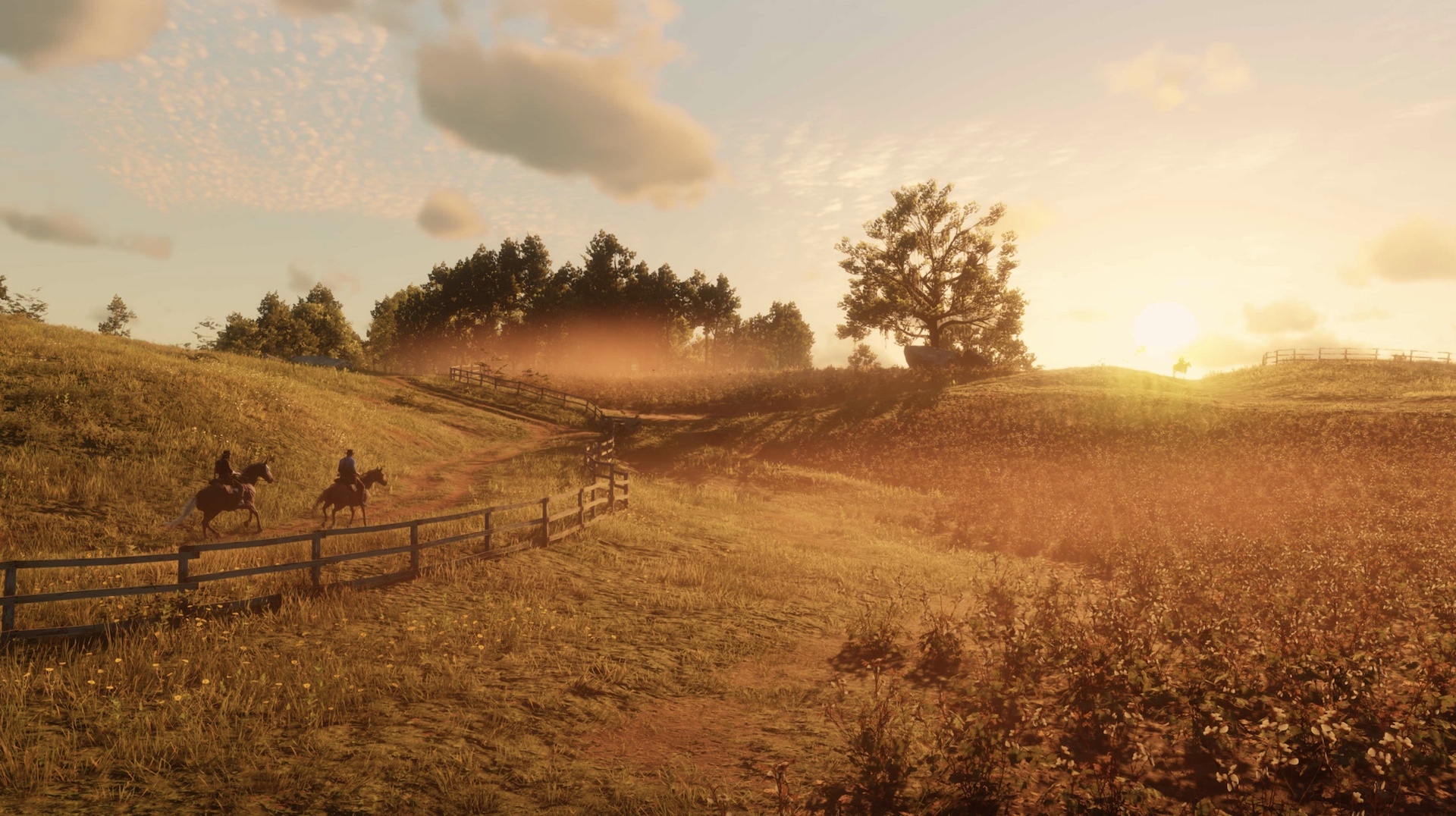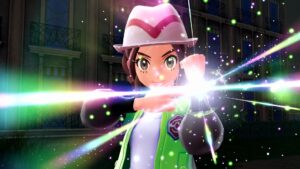
Making video games look better and better is something that developers and publishers have prioritized over most other things for a long time now. In the era of 4K visuals and frame rates that surpass with many people’s eyes can even appreciate, you could argue that we are entering the domain of diminishing returns when it comes to focusing on photorealistic graphics, but that’s not going to stop some folks from continuing to try to push the envelope further. While there is certainly nothing wrong with that, it is also probably true that there will inexorably be a point at which the realism of video game visuals will hit a dead end. Not that further enhancements will cease to be possible, but rather, that those enhancements will no longer be worth doing.
In fact, you could argue we’re already starting to get to that point with file sizes outgrowing hard drives quicker and quicker, video game resolutions starting to be less and less noticeable to the human eye, and so on. Plus there is always the validity of the point that good graphics don’t even necessarily make a game fun to play anyway. No matter how amazing a game looks, once that novelty inevitably wears off, it will ultimately be judged by how it feels to play and whether or not it’s an engaging experience.
Still yet, we are seeing leaps in visual representation technology that are truly impressive for what they are popping up all over the world, as teams of artists and programmers continue to collaborate and hone their crafts. One such advancement is the new image enhancement network currently being worked on by the folks over at Intel Labs that, to put it simply, takes already great looking games and uses their baseline information to dictate how it can be enhanced based on real-world data sets – creating some truly impressive results.
The example that we are given to look at on their website and in their videos is what they’ve been able to pull off with footage from Grand Theft Auto V. While Grand Theft Auto V is obviously still a great looking game, they have certainly been able to turn things on their heads and bring it up to an entirely different level of realism with this technology. By passing Grand Theft Auto V gameplay through their image enhancement Network and cross-referencing it with other footage of city streets from their database they’ve been able to generate some truly outstanding images that anybody who’s interested in this sort of thing would surely find fascinating to look into.
Reflections on cars and objects are more vivid, sources of light are more dynamic and subtle when needed, and colors are more realistic with less saturation and more appropriate amounts of vividness for any given situation. It might be hard to spot at first, especially in a vacuum, but when compared to the original footage from the game there is ultimately no contest. The game might be more fun to look at and more striking in some ways but in terms of pure realism the system of tools created by the team at Intel Labs have completely outdone themselves with creating a realistic image full of advanced, life-like enhancements and protocols. What’s even more impressive is that apparently it’s able to run the process over its images fast enough that it’s an “interactive rate” as they call it. Meaning, it may not be a buttery smooth frame rate, but it is playable in real-time, so perhaps with some future tinkering it could be implemented into actual video games one day.
They also go into detail about other methods that are similar to this one and why those other methods don’t produce the same sorts of results that we are seeing from this one. Previous iterations of this technology seem to integrate artifacts into the visuals by accident, and hallucinate objects from the data sets that aren’t actually in the game, causing an odd and off-putting look. This is important for them to point out as it underlines just how solid their own technology is, since it doesn’t really have those problems.
A quick look at their website will show you multiple examples of the technology working and allow you to contrast it with original footage from the game yourself. Multiple interactive pictures with sliders that you can move from left to right will expose the difference between base footage from Grand Theft Auto V and the new version that they made. Doing so will illustrate just how high the level of detail is that this technique is able to achieve.
The city roads, the grass, the trees, and the mountains in the background are all noticeably more realistic and more densely packed with details that you might not notice on a regular basis but are unavoidable if you actually look for them. Trees actually have more leaves on them, grass is far more dense and populated with blades, and the mountains all show far more variety with their topography. Character models themselves don’t really get a chance to shine in this particular demonstration, however, so I would be rather interested to see just how those fare in a future presentation.
Given the small amount of variety of images that were shown, and the limited data sets that the team appears to be working with, it’s probably fair to assume that this technology still has a good ways to go before it’s anything remotely close to being in an actual video game, but that’s not to say it couldn’t still have applications in other areas right now. High-end presentations for land development or real estate firms could certainly use this as it is, which would give the technology an immediate application and also an opportunity to continue to sharpen it’s abilities.
While it is true that we are reaching a point of diminishing returns when it comes to graphics and visual presentation on the whole, it’s hard to not find developments like this rather interesting. The potential for what this sort of tech could produce within the next few short years in the gaming space is nothing short of thought-provoking, so I’d say it’s definitely a good idea to keep an eye on this, and other things like it, going forward. You never know how things like this could end up impacting us one day.
Note: The views expressed in this article are those of the author and do not necessarily represent the views of, and should not be attributed to, GamingBolt as an organization.
















